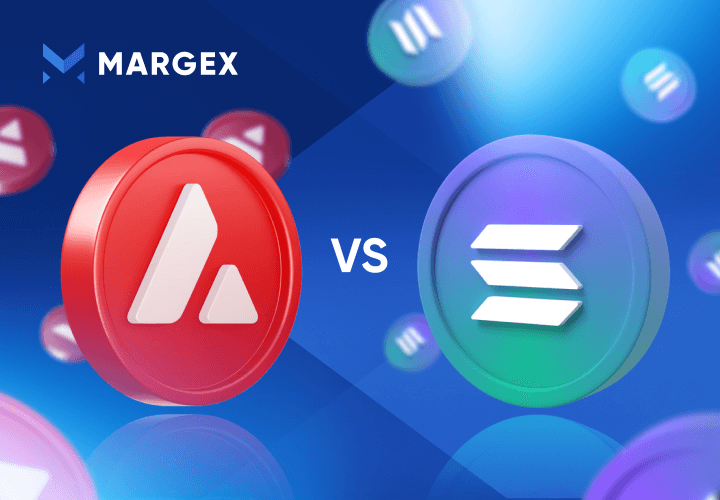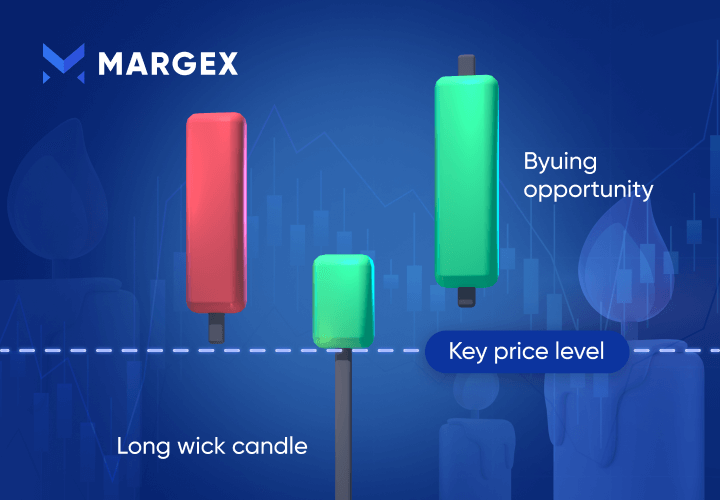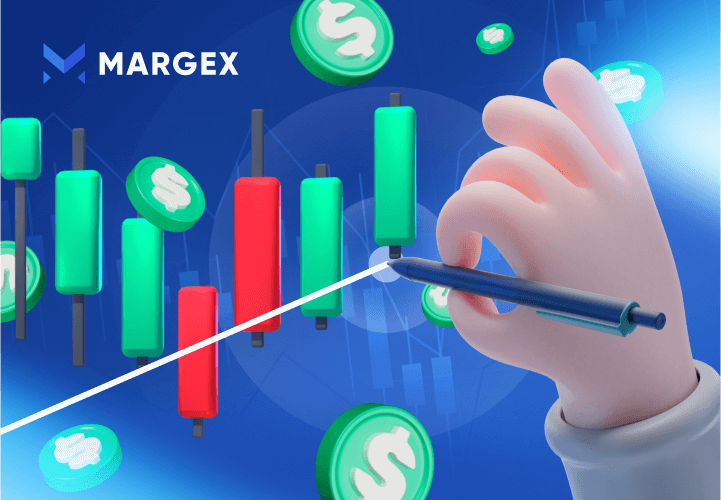Every crypto enthusiast, supporter, investor, and even critic knows that the value of cryptocurrencies can fluctuate unpredictably. For instance, the Bitcoin price might gain this week and plummet the next week.
Sometimes, volatility in the price of cryptocurrencies can occur in a few hours, not even days. That's why governments frown at crypto adoption into the monetary system, arguing that they're uncontrollably volatile.
For instance, in May 2022, the overall market for cryptocurrencies lost value, leading to a massive loss of funds for investors. Bitcoin, the world's largest crypto, crashed to $17,000 on June 18, 2022, a far cry from its all-time highs of $68 789.63 on November 10, 2021.
So, the question is, how do cryptocurrencies gain or lose value? What factors are responsible for driving their prices up and down? Find the answers below.
Factors Affecting The Value Of Cryptocurrencies
Crypto value fluctuates because they operate differently from fiat currencies. Their operations make it impossible for a central authority to control its usage, or influence its value. Since the backings of these recognized authorities are lacking, how do cryptocurrencies gain value?
The value of a cryptocurrency depends on several factors. Check them below.
Market forces
Two prominent market forces affecting the value of crypto are demand and supply. When there’s an increased demand for a digital asset, the value skyrockets, pushing the price up. However, demand increase is beneficial if there is a limited supply and people can no longer access the asset. But if the supply of cryptocurrencies increases, the prices fall due to saturation. This movement of demand and supply affects cryptocurrency value.
Notably, a crypto with limited supply maintains its value more than those with excess supply. But if a coin doesn't have a supply cap, it will easily lose value. When the demand can no longer outweigh the supply for such crypto, the value will fall, leading to a price plunge.
For instance, the bitcoin blockchain remains valuable because it has a cryptocurrency supply cap. Once the 21 million BTC coins have been minted, miners can’t produce new coins. Many developers who understand the need to limit supply now burn their tokens to curb supply and increase value.
Competition amongst crypto project developers
As of July 2022, the number of cryptocurrencies in the sector is about 20,268 projects. The number of active ones is 10,953, while 9315 crypto projects are already dead.
Developers are competing with one another by rolling out new tokens and projects with better functionalities. These new projects emerge with additional features to bridge the gap created by their predecessors.
By offering something better, the value of the new crypto projects will skyrocket. It will maintain a solid market dominance until a unique project with advanced features emerges to reduce its value.
But, hardcore developers can maintain their position by constantly improving their network with diverse upgrades to remain valuable to users.
Mass adoption
Another factor driving the overall market value is mass adoption. If many institutions and top business organizations accept crypto as payment, the value will also skyrocket. One of the reasons fiat currencies like the US dollar have become a household name in commerce is the level of acceptability. USD has proven efficient for transactions, even for cross-border payments.
If crypto utilization for real-world transactions keeps growing as it is now, more value will be attached to it. For instance, up to 15,174 businesses globally accept BTC payments. If this number continues to grow, the crypto value will hit the roofs due to utility.
Government intervention
Regulation or lack of it affects cryptocurrency value. Digital assets operate without government intervention, different from a fiat currency like the USD. There are no rules governing operations or legal requirements controlling entry. This mode of operations and resulting high interest contributed to driving the value of crypto.
But lack of regulation encourages many issues such as scams, rug pulls, deceitful hypes, and hacks. As a result, the value of crypto has declined, as many crashes or lose value daily. That’s why the call for regulation is increasing by the day.
So, the value of crypto may increase again if it is regulated by the Securities and Exchange Commission (SEC) or the Commodity Futures Trading Commission (CFTC). Crypto products such as Futures and ETFs will become more valuable as more investors trust and access them.
Also, with regulations in place, more countries like El Salvador might consider crypto as legal tender. As a result, trust and confidence will increase in digital assets, leading to more global adoption.
Production cost for crypto
The costs of producing or mining cryptocurrency tokens drive value for them. Miners usually had to utilize much computing power to solve mathematical problems during block verification. The cost of electricity and mining equipment takes a toll on the miners.
So, it’s not easy for everyone to mine a coin like Bitcoin, operating with the Poof-of-work mechanism. To join the miner’s frenzy, you must invest in expensive mining equipment and pay for adequate Kilowatts to sustain the power demands.
With so many expenses and difficulty in mining one BTC, the value of the cryptocurrency remains high. Also, as the miners utilize the blockchain, increasing activities on it, crypto will remain valuable.
Internal governance system
Investors love stability in crypto assets to ensure the safety of their investment funds. One of the factors that drive this stability is internal governance. The value drops if there are lapses in a crypto's internal operations. But when the procedure is stable, it will lead to stable pricing and increase users' confidence. By that, interest in crypto will grow, driving its demand and value higher.
This is why many cryptocurrencies rely on their community for governance. With "governance tokens," users can influence the decisions and developments on the network. Developers can only make changes when there's a consensus.
Listing on many crypto exchanges
A cryptocurrency exchange offers a platform where investors can buy, sell, trade, or store digital currency. If a particular crypto is listed on top exchanges such as Coinbase, Kraken, Robinhood, Binance, Gemini, FTX, eToro, etc., it more likely will record a value increase. As millions of investors on these platforms buy the asset, the demand increase will push its value up.
For instance, when Litecoin(LTC) was added to Coinbase's GDAX exchange in 2016, the coin immediately recorded a 10% price increase. Also, Litecoin rose by 25% following Coinbase’s announcement to support it.
Once a crypto asset is listed on these populated exchanges, it'll record high demand, leading to a price increase.
Proof-of-Stake And Proof-of-Work, How Do They Differ
Transactions on every cryptocurrency network must be validated to be executed. The two prominent mechanisms for validating these transactions are the proof-of-work and proof-of-stake. Some of the first cryptocurrencies, such as Bitcoin and Ethereum, operated with proof-of-work mechanisms, while the newer projects prefer the latter.
Validation of a proof-of-work system occurs through mining, a method of solving mathematical problems to add new blocks. But in a proof-of-stake, a user must stake a huge amount of funds to become a validator of smart contract transactions.
But while the PoW is energy-intensive, PoS consumes lesser resources but is efficient, fast, and requires lesser fees. That’s why every investor must understand the differences between the proof-of-work and proof-of-stake mechanisms to guide investment decisions.
What drives the value of a PoS coin?
A proof-of-stake network depends on investments to validate a block of transactions. The network is efficient and less capital intensive. All these and more factors drive the value of such projects high. Check them out.
High user’s interest
Users of a PoS coin usually engage in many transactions on the network. Some play games, invest in DeFi apps or even trade their tokens. These numerous transactions increase the demand for the coin to take care of the gas fees. The increased demand, in turn, pushes the value of the coin up.
Earning opportunities for investors
Investors always aim for higher returns on their crypto investments. PoS coins usually offer a viable way of making profits. Investors earn more when investing their coins on a PoS network. As such, the demand for the coins will increase, pushing the value higher.
New entrants
A proof-of-stake coin can gain more value when the demand for it continues to grow over time. As more people realize the utility from the coin, new users and investors will troop in to harness the opportunities.
More developments
As the developers of a proof-of-stake coin continue to introduce new apps and functionalities to its network, the interest and usage will skyrocket the coin's value. But apart from being new, the apps must be fun and useful to the community.
Wider exposure
This factor concerns the number of exchanges listing the PoW coin. If it appears on national and international exchanges, its utility will skyrocket, thereby driving the price up. Also, such exposures will make it easily accessible to more investors and increase their confidence.
Media hype
If different media outlets mention a PoS coin constantly, its value will shoot up. The only negative side of this is when the information about it is lies or exaggerated. If that’s the case, the value will plummet when the lies are uncovered.
What drives the value of a PoW coin?
A proof-of-work coin validates transactions through mining, a complex process requiring higher computing power. One of such PoW coins is Bitcoin. So, why does bitcoin have value? Let's find out below.
Increase in miners
If the number of miners on a PoW network increases, the value of the coin skyrockets. But this can only occur when the speculators spend more money on the coin, thereby driving the interest of miners.
Decrease in mining rewards
Mining rewards on a PoW network such as Bitcoin come in coins. When a miner successfully solves a mathematical problem, he generates a new block and earns BTC. If the reward is high, the supply increases and exceeds demand, thereby pulling value down. But if the reward decreases, the available coins will be less than the demand, thereby pushing the value high.
More recognition
Bitcoin is the oldest PoW coin available in history. It emerged in 2009 and introduced the crypto monetary system. Currently, the coin has become a store of value for many investors, being the oldest and most trusted crypto in the market. This is one of the reasons it’s still valuable and ahead of others.
Mass adoption
As more businesses accept a PoW coin for payments, the value skyrockets. For instance, bitcoin is accepted as a legal tender in El Salvador and the Central African Republic. Also, 15,174 businesses accept bitcoin for payments of goods and services.
All these adoptions and more to come help drive the value of bitcoin. For instance, when Tesla Elon Musk announced support for Bitcoin for payments, the price of the crypto skyrocketed.
More exchange listing
If the number of exchanges offering a PoW coin is large, more investors and users will have access to it. The increase in demand will drive the value of the crypto high. For instance, bitcoin appears on many exchanges for diverse transactions. This is one reason the PoW coin remains the number one in value.
Market Capitalization Of Crypto, Why Does It Matter More Than A Coin Price?
The market capitalization of a crypto project is a better gauge of its stability and value. Investors are not overly keen on a crypto with a low market cap. But when the capitalization is high, it indicates that the coin is stable and has more investors. That’s why the bitcoin market cap is higher than other cryptos, followed by Ethereum.
So, market capitalization is more dependable in judging the health of a crypto asset than its price. For instance, many digital currencies with smaller market caps often record price hikes based on market whims. But price sustainability will always prove difficult because the factors pushing their prices are usually temporary.
Capitalization represents the value of an asset and shows whether it is growing or not. That’s why when the global market capitalization of crypto markets falls, investors worry that the sector is losing value.
As an investor, you must understand what market capitalization is and how to calculate it. It is a better indicator of cryptocurrency health, acceptance, growth potential, and price stability.
How Do Cryptocurrencies Gain Value - The Bottom Line?
Cryptocurrencies operate without the government backing to push acceptance, adoption, and value. Therefore, they depend on certain factors such as market forces, internal governance, node count, production cost, competition, etc., to stay relevant and valuable.




